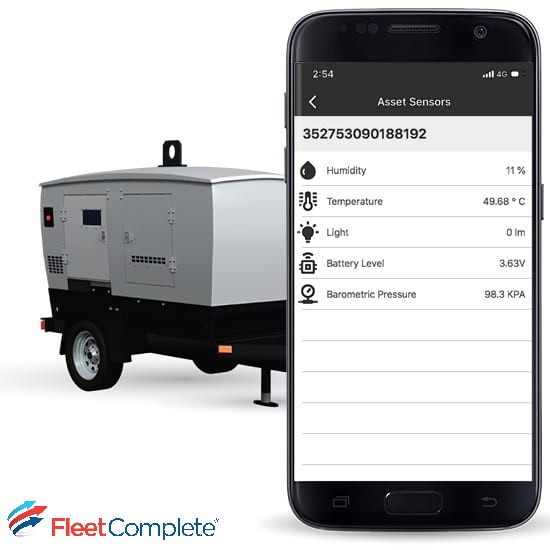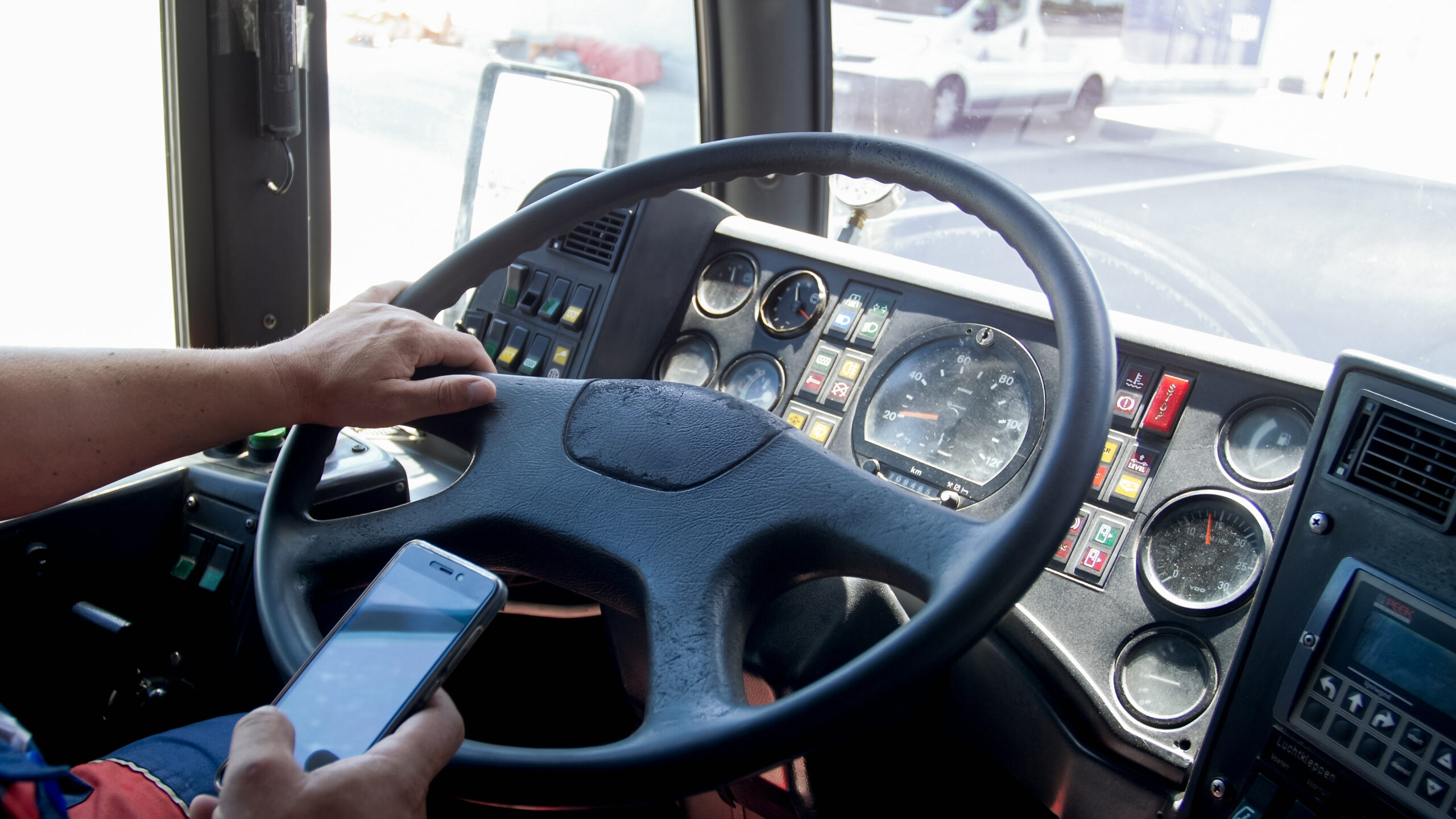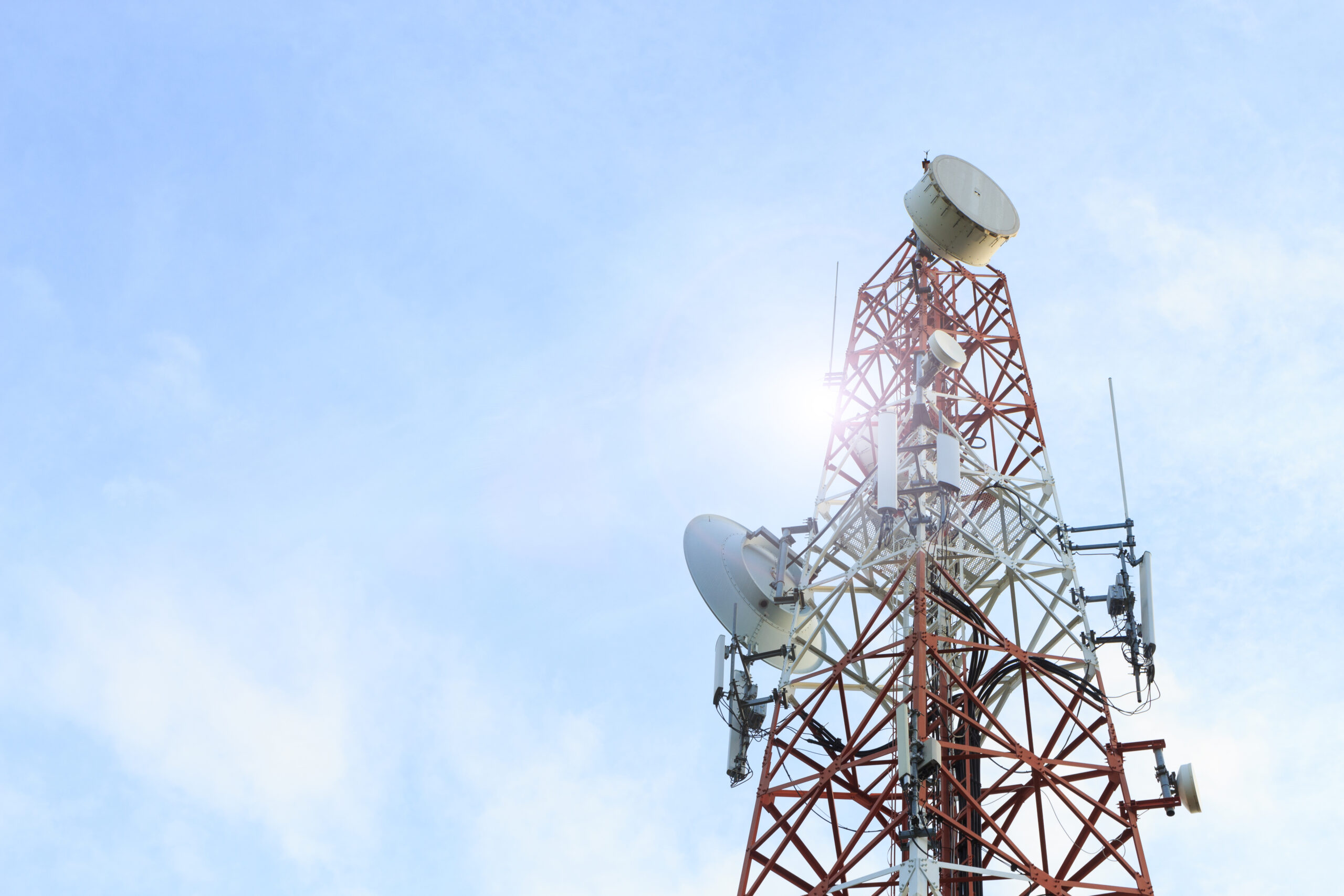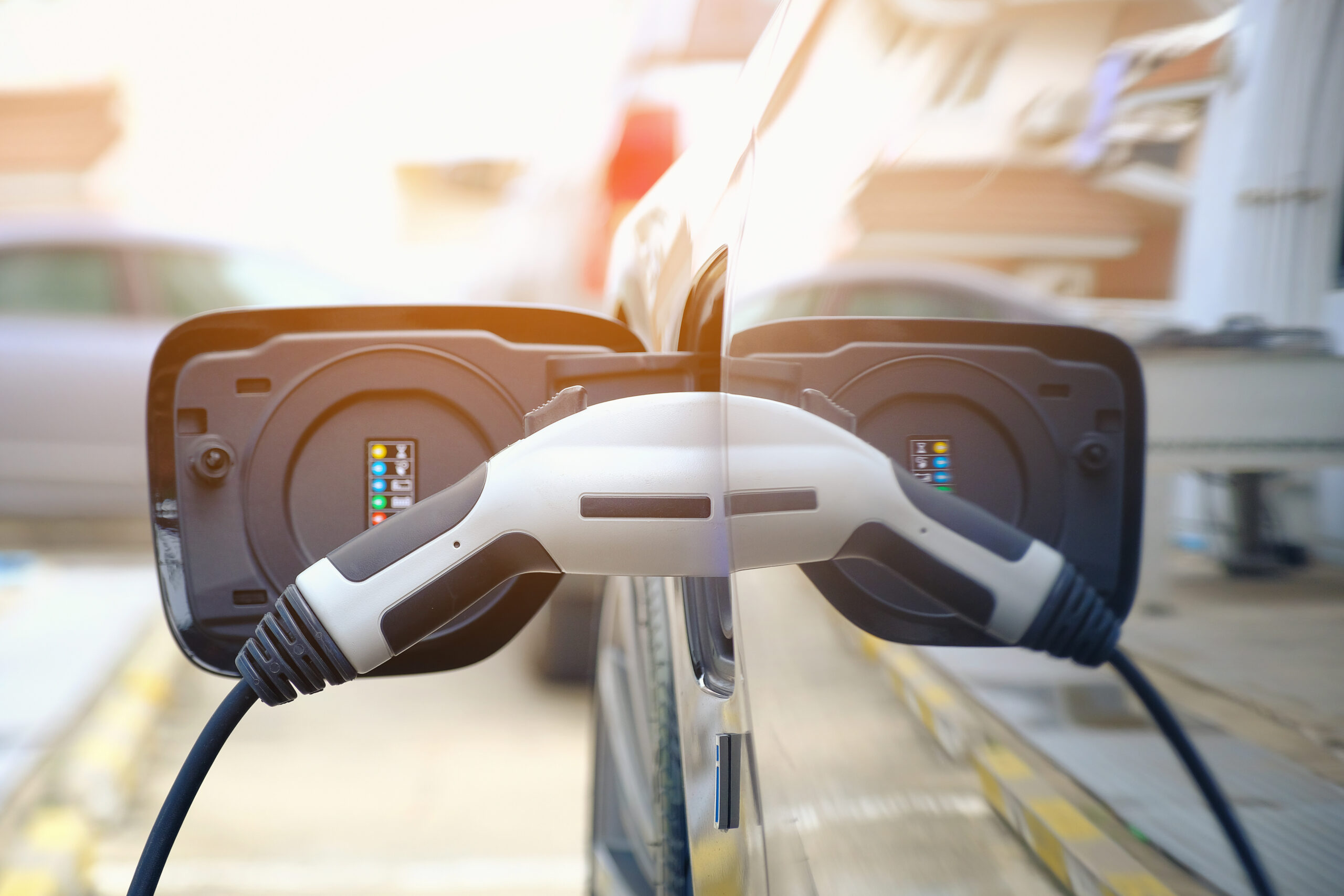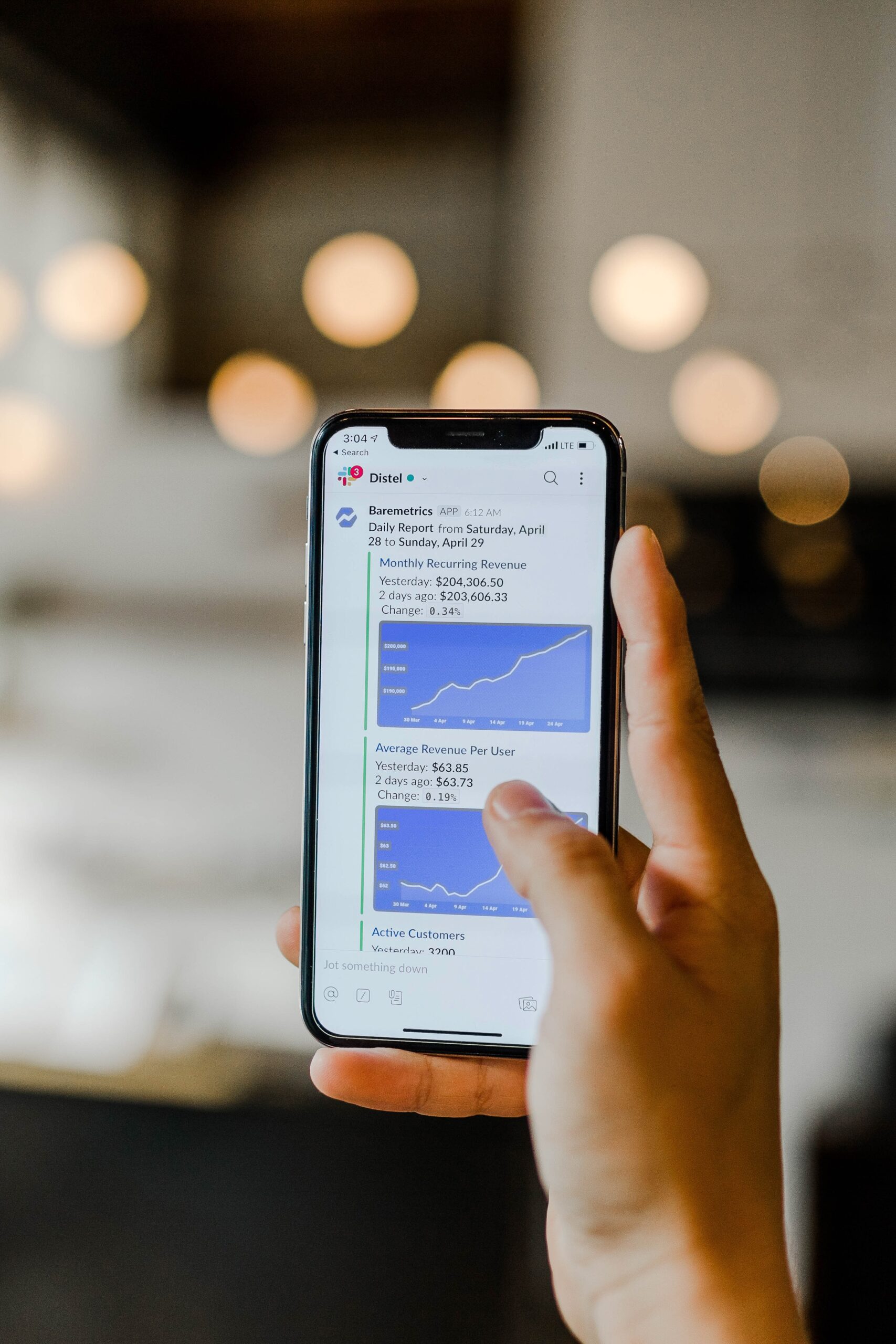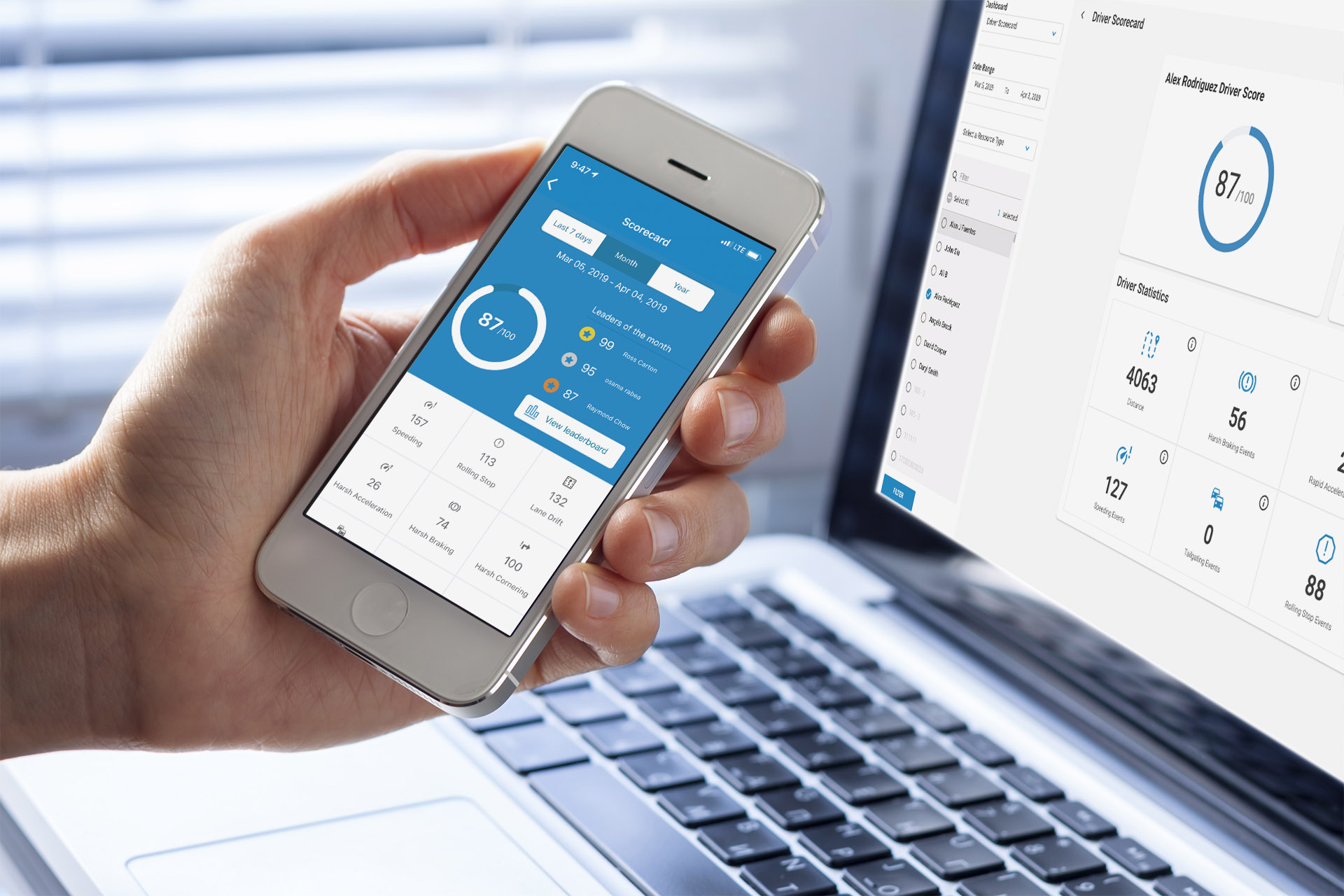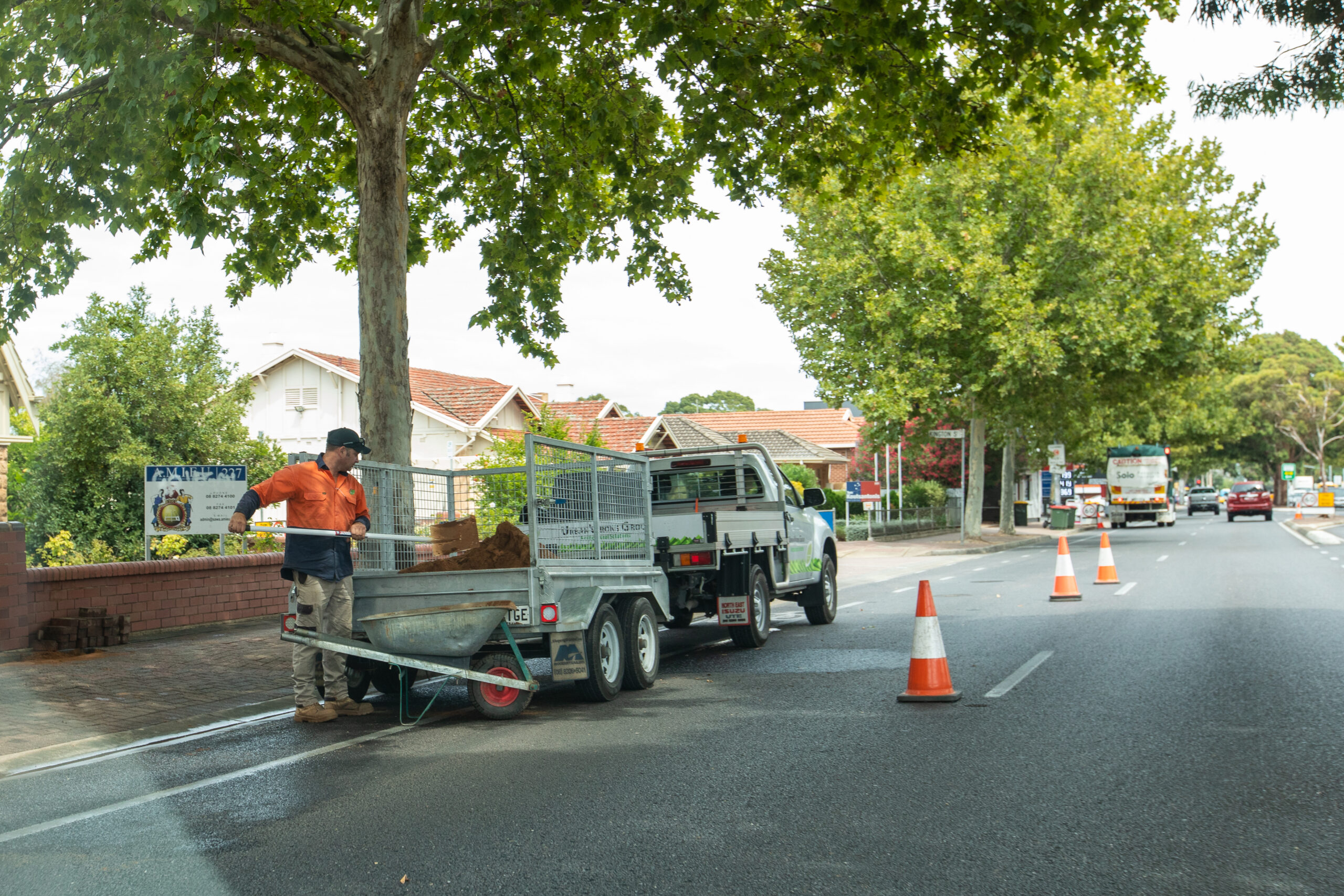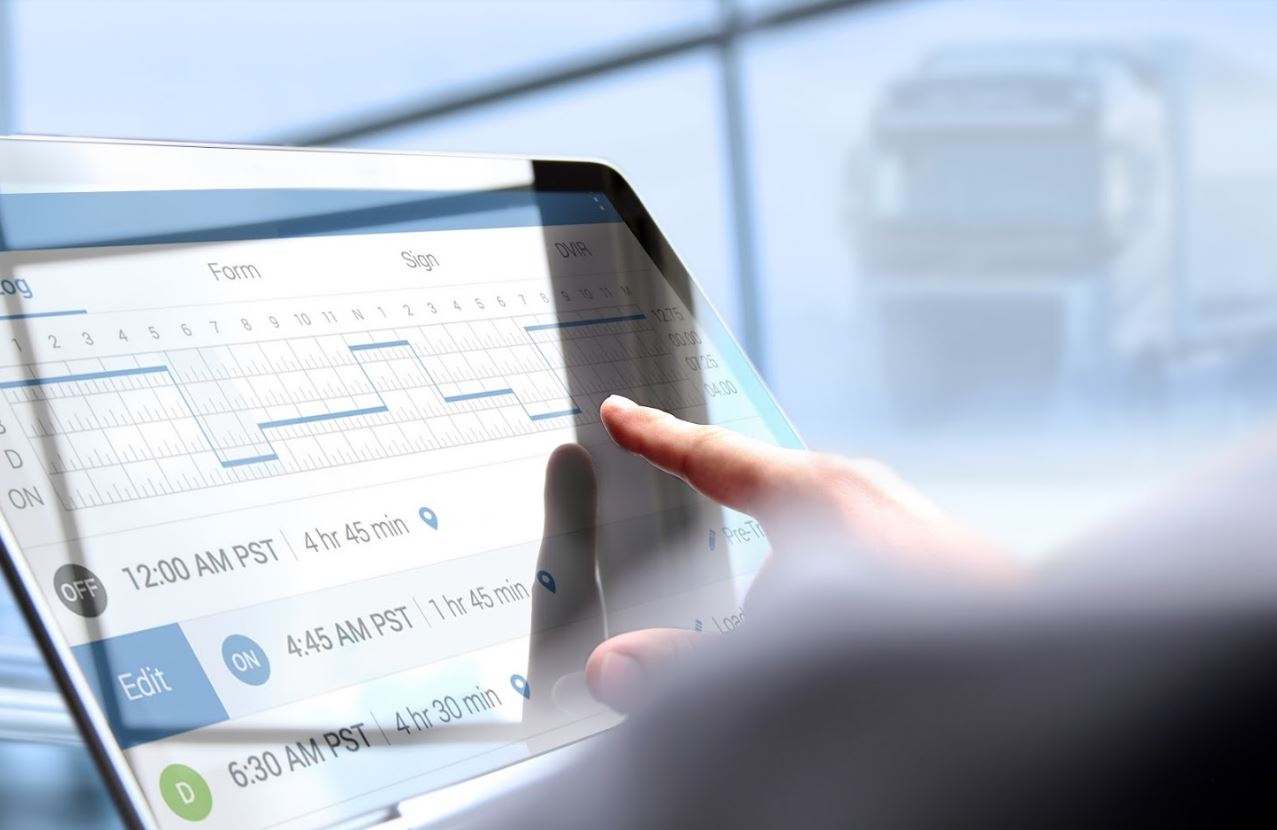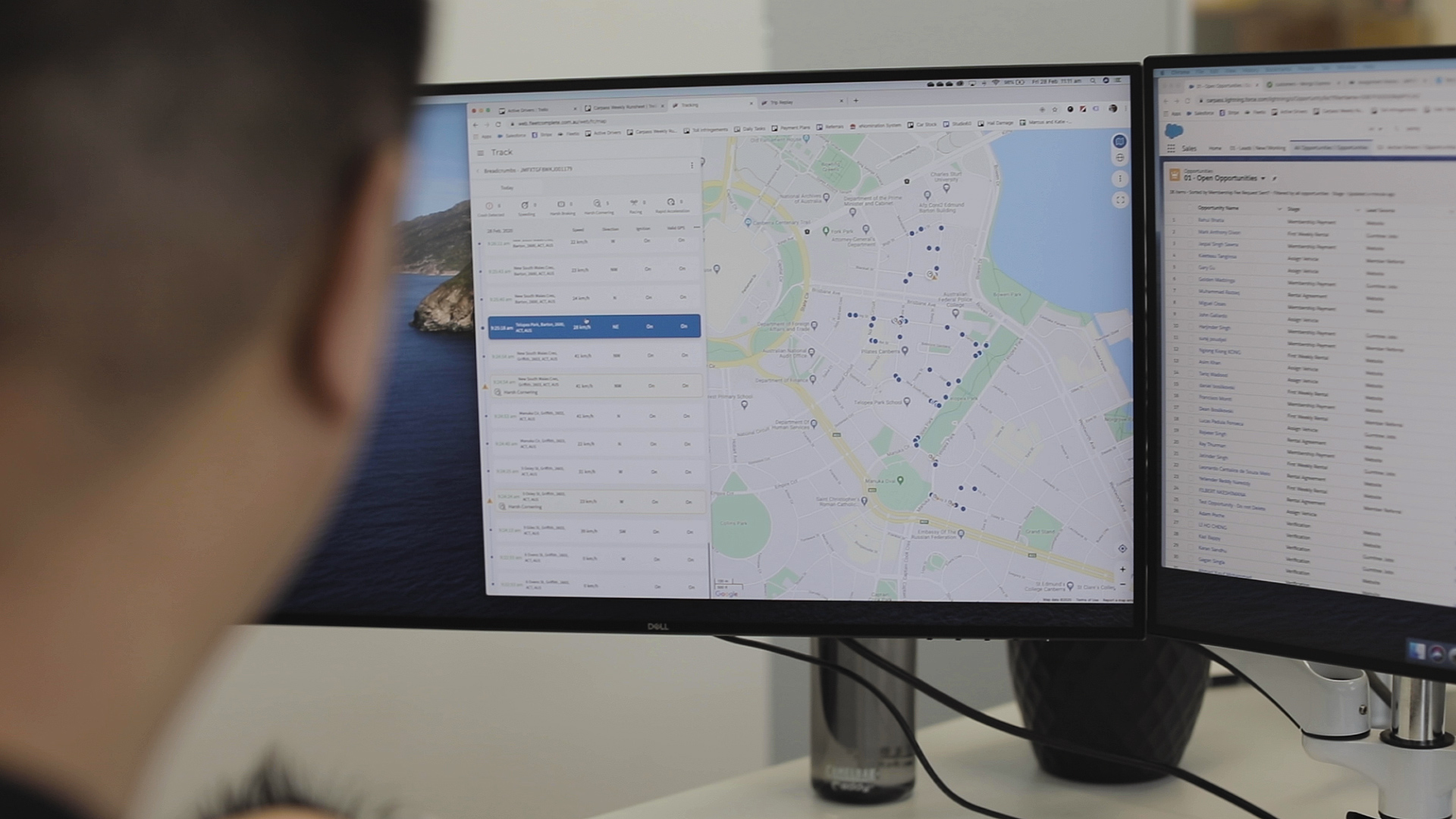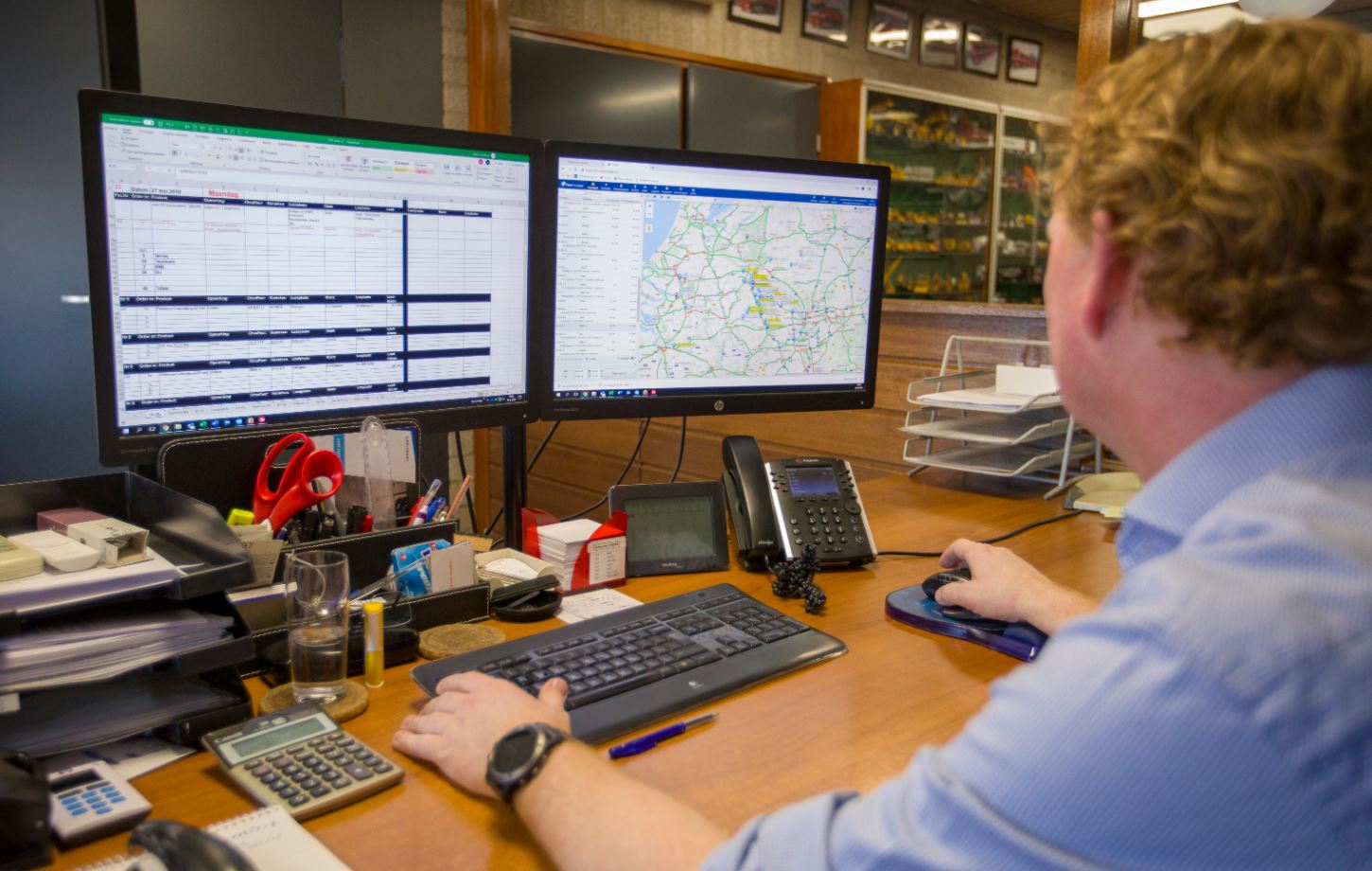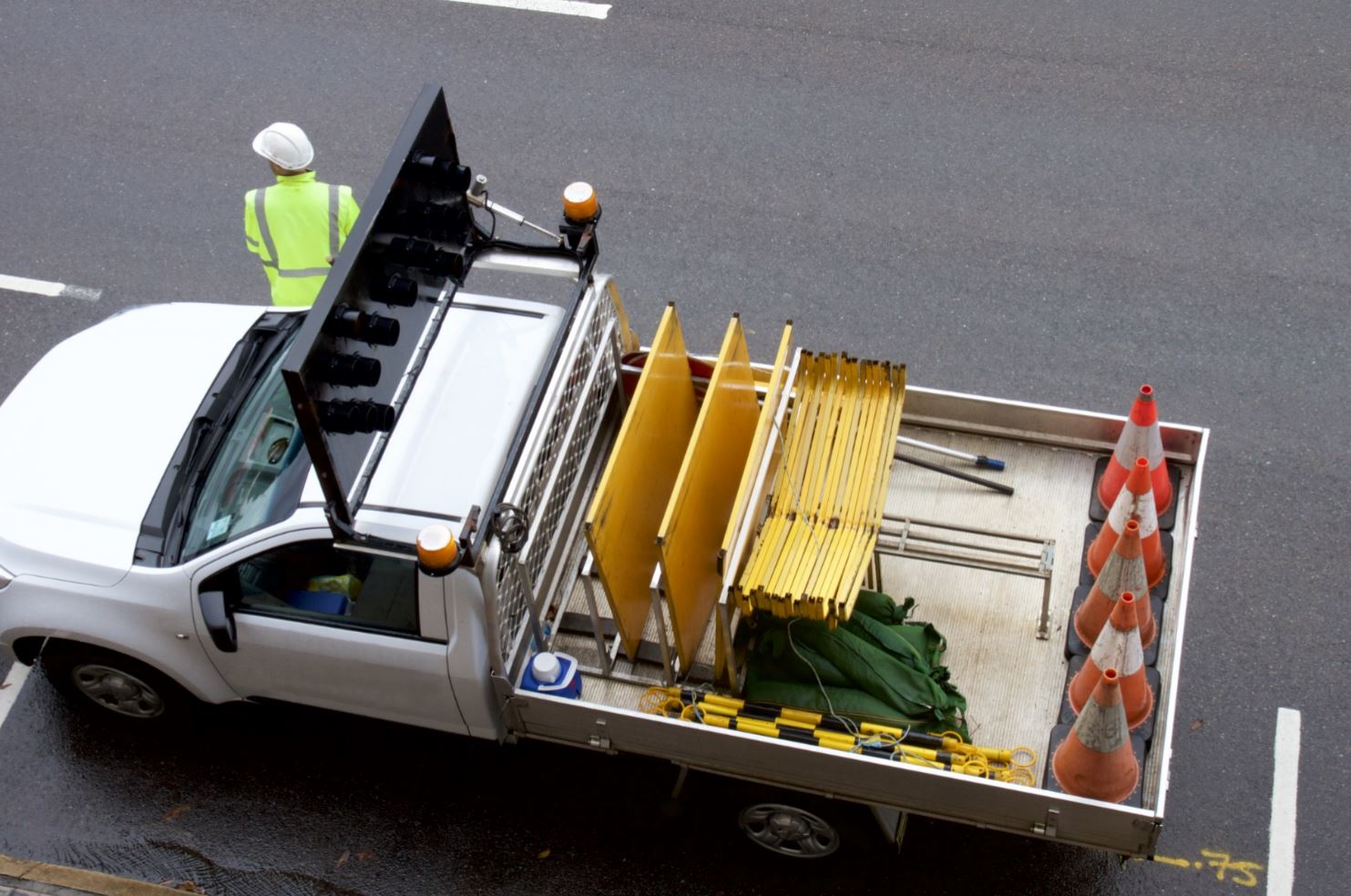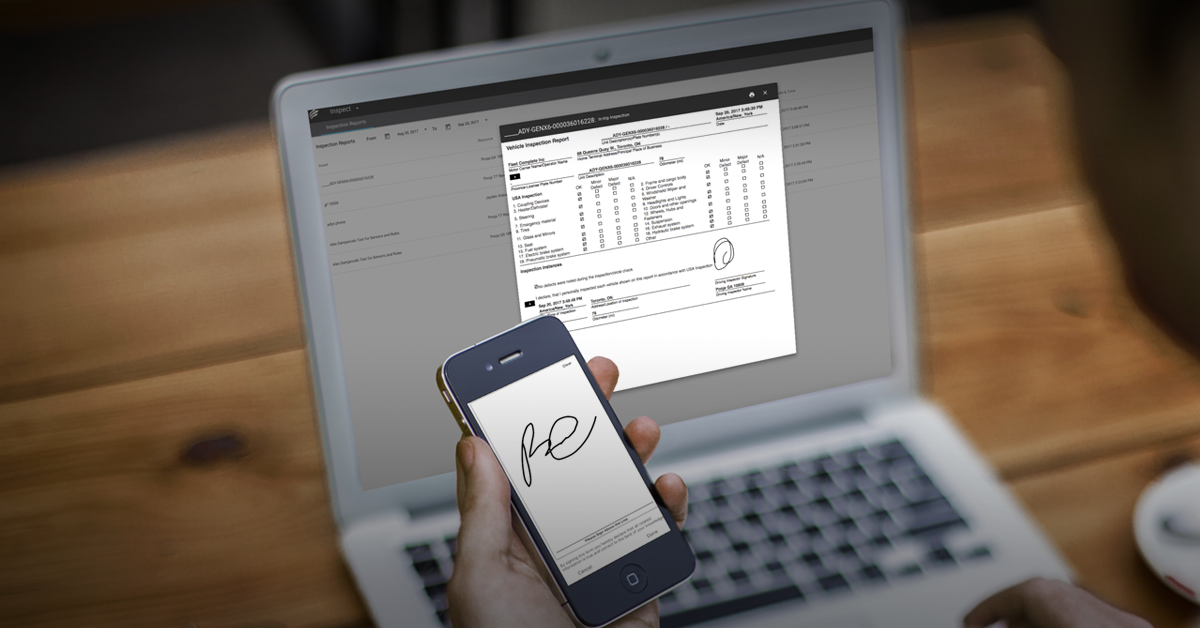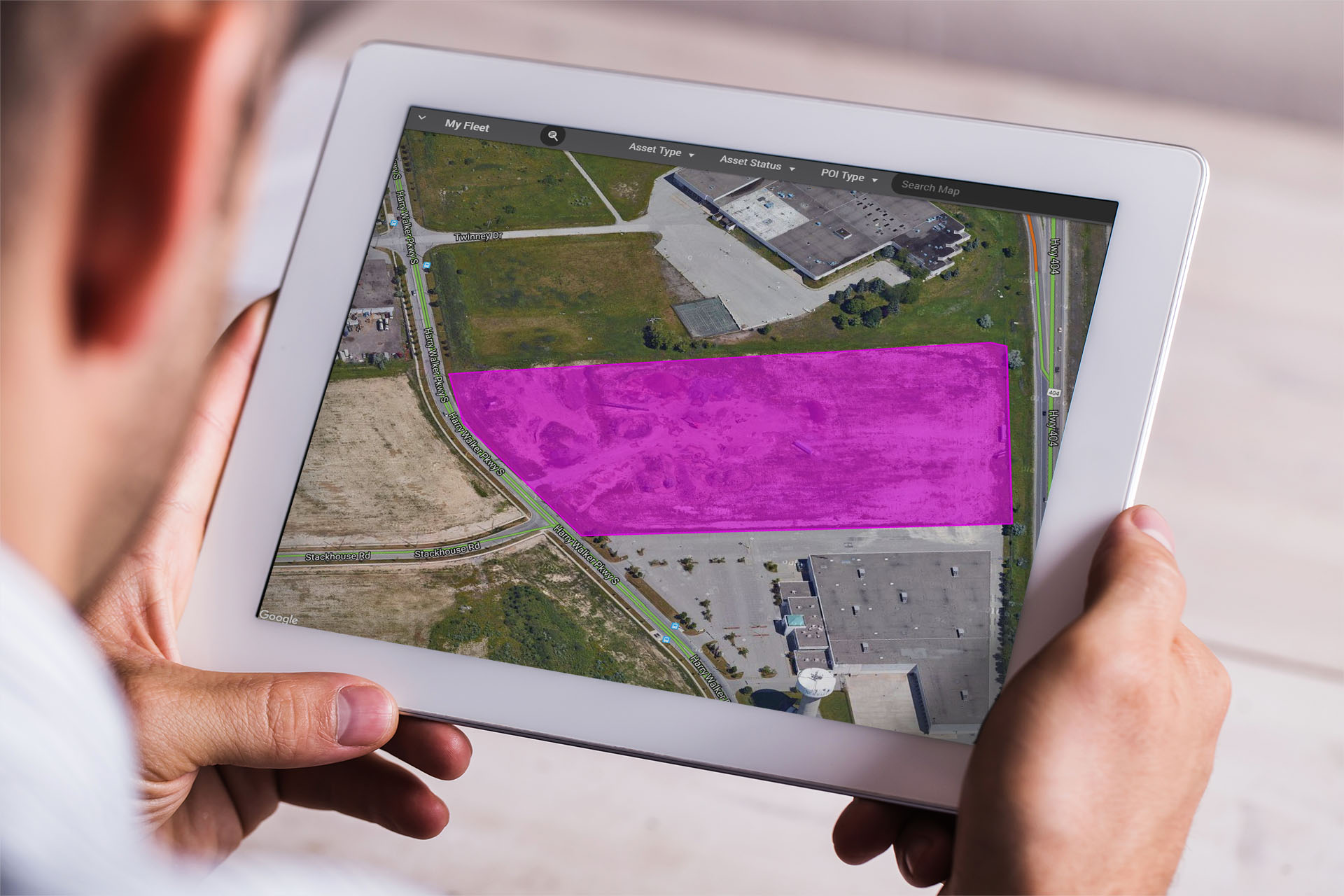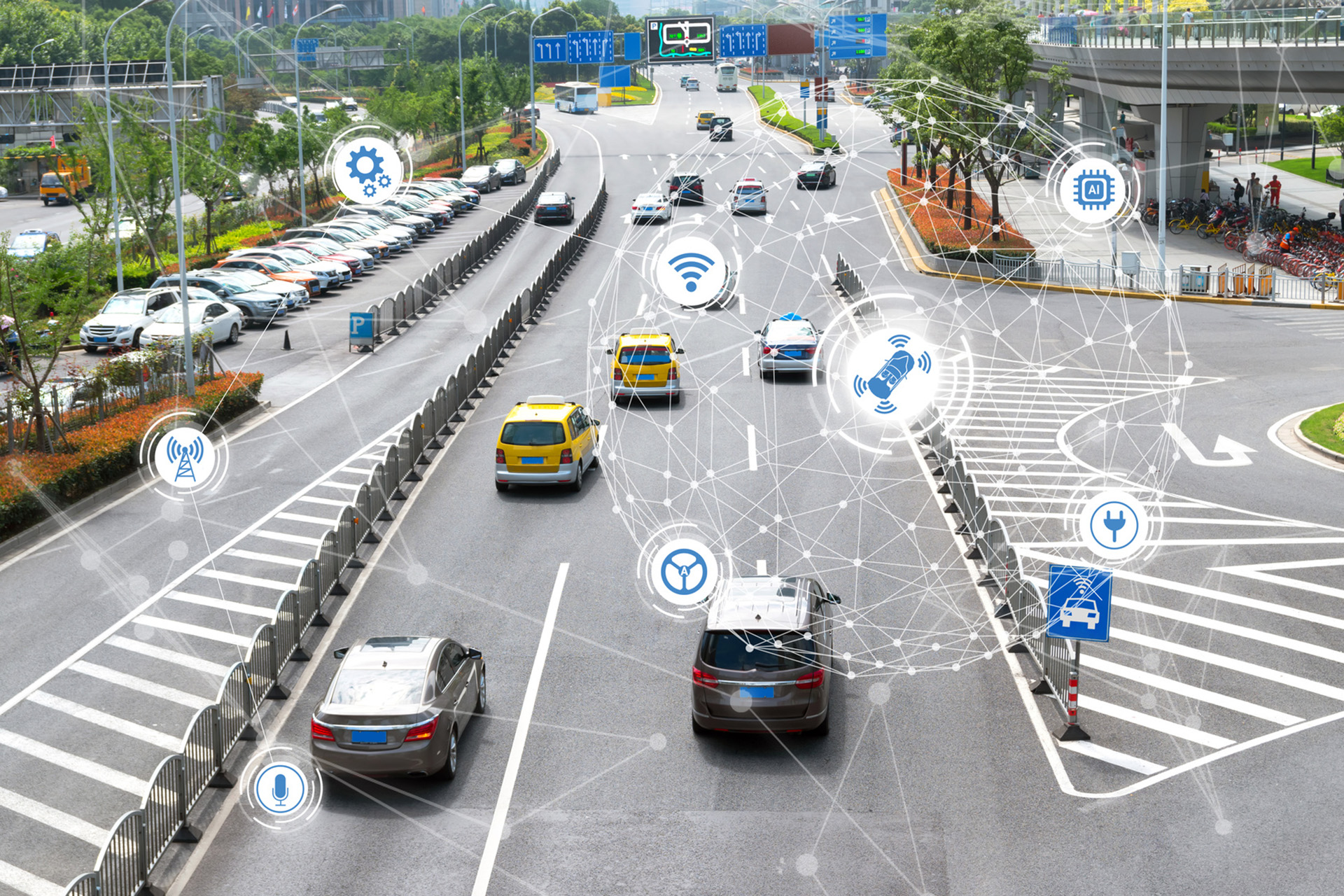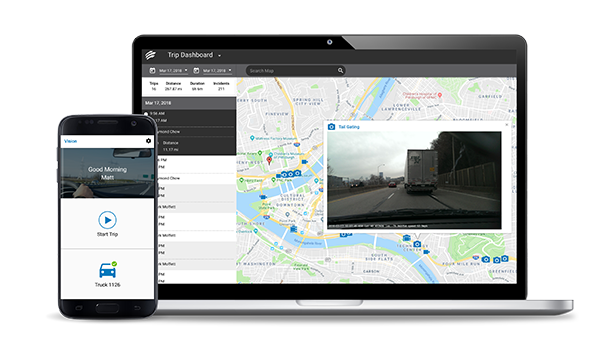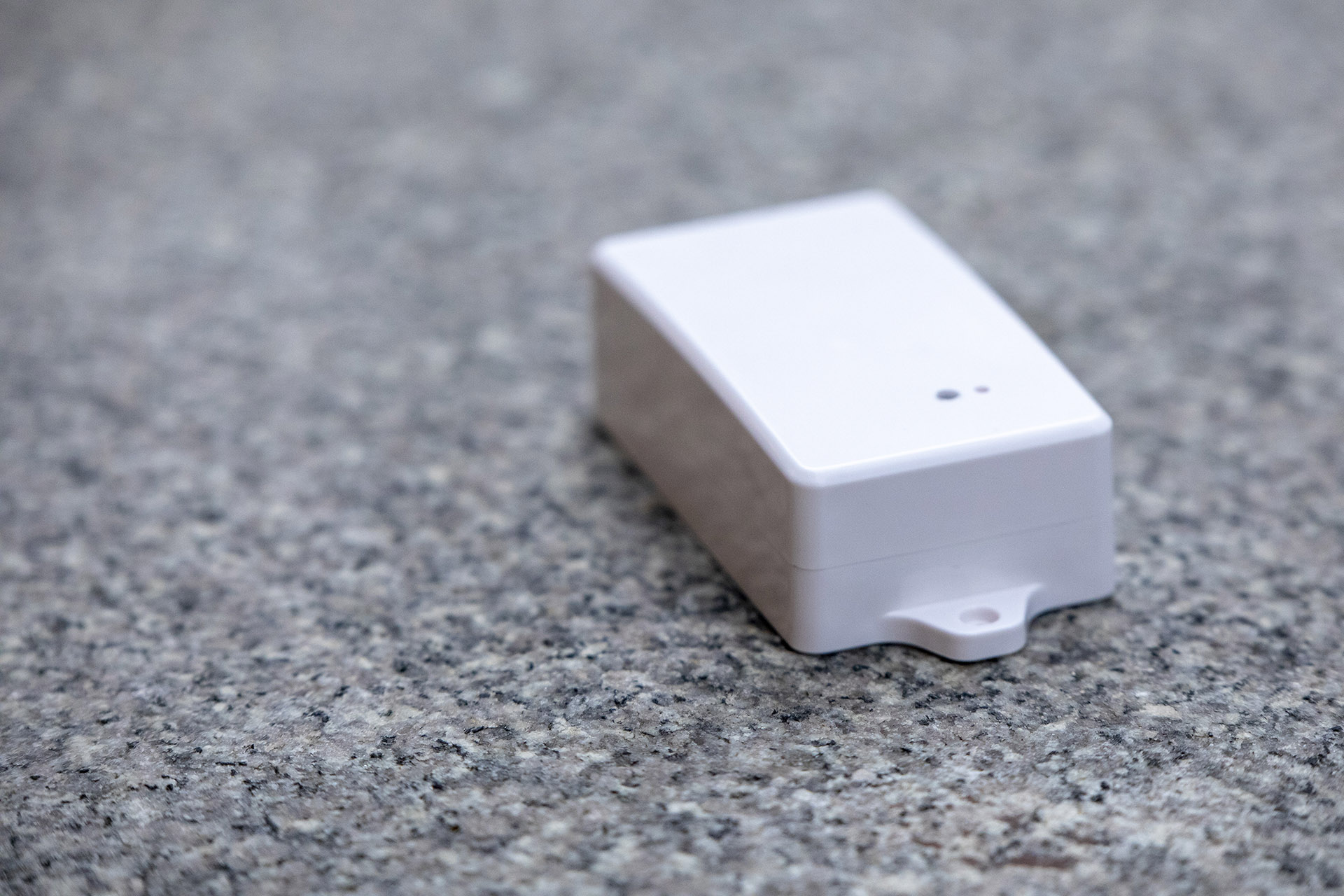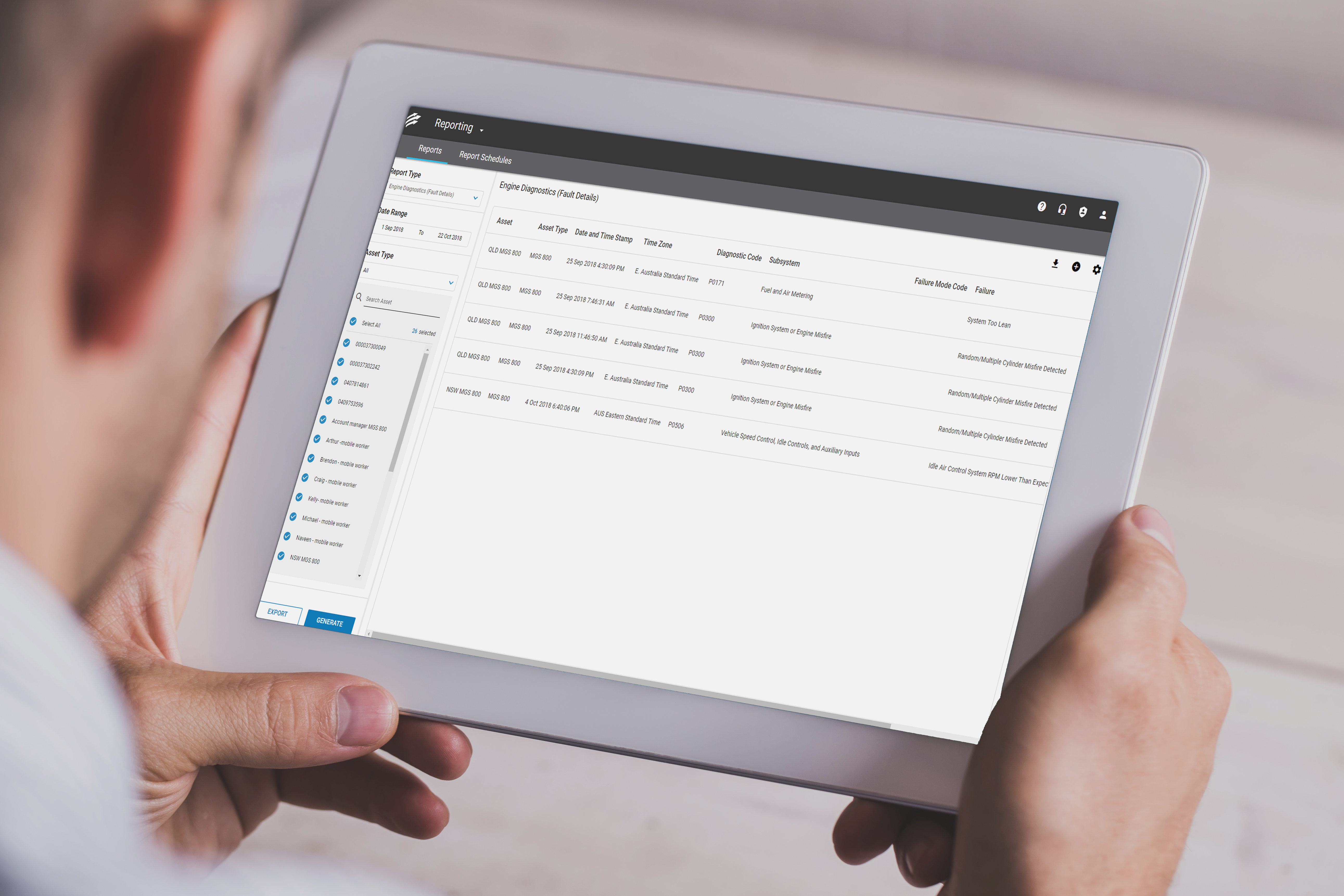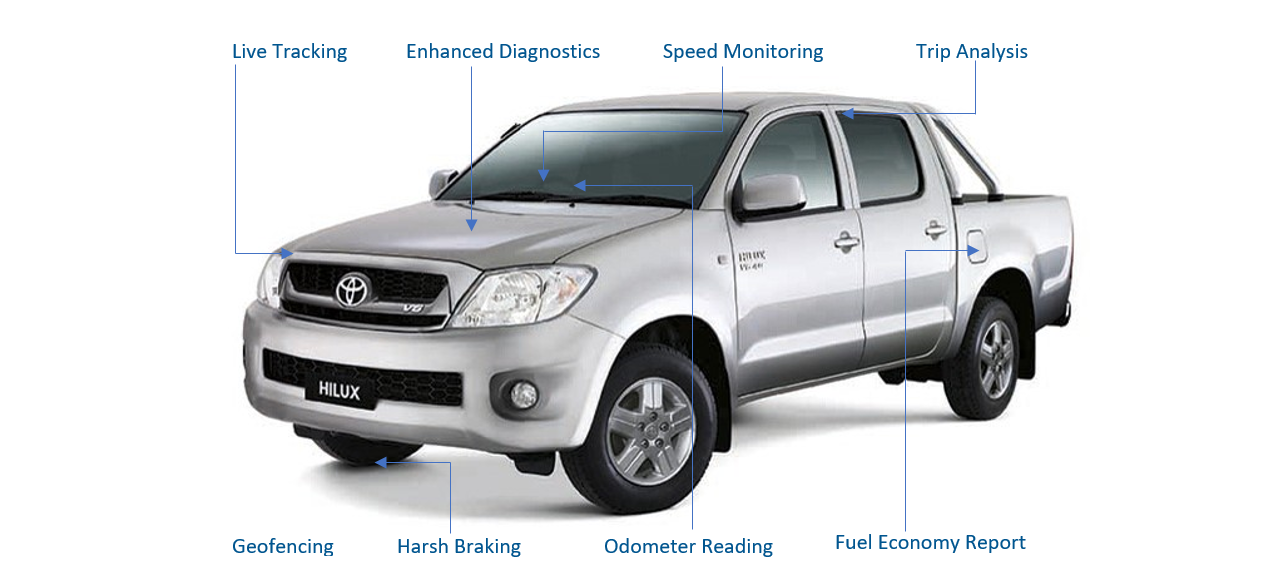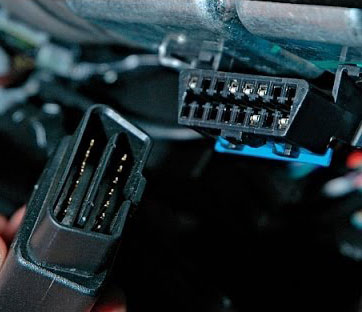Outstanding customer service in the trade service and delivery sectors hinges on efficiency and reliability – two factors that can be significantly improved with modern fleet management software.
The 2009 Aberdeen Group study reported that the adoption of in-vehicle monitoring and tracking software delivered a 14.8% reduction in average travel time per job, and a 23% increase in the number of service calls completed per day, per technician.
In an age where time is money, the shorter the length of time between job initiation and delivery, the better.
But a focus on efficiency has far more to offer in the way of benefits than merely prompt arrivals. Advanced tracking and monitoring software can also help turn the job of finding the nearest driver or the quickest route, into an exercise in minimising unnecessary labour, as well as fuel and operating costs.
Here, we’ll take a closer look at the individual software features that combine to deliver enhanced dispatch and response times.
Real-time fleet visibility
Perhaps the most obvious component is the real-time fleet visibility that is made possible by in-vehicle monitoring and tracking software. At the touch of a button, logistics managers have a complete picture of where each of their drivers is, and an estimate of how long it would take each to reach their destination. Using the Fleet Tracker’s ‘Find Nearby’ feature, improving response time is simple.
You will also be able to identify and send help if something goes wrong during a delivery, such as an accident or a break down. By cutting out these inefficiencies, you’ll ensure your response time is as low as possible, more often. This will also help keep your customer satisfaction high.

Analyse historic data
GPS tracking offers far more than just finding the nearest available driver. You’ll be able to monitor, both on-screen and using historic data, that drivers are using the most efficient routes possible. If you’re noticing that 20-minute journeys are consistently taking a certain driver or a certain vehicle significantly longer, then you’ll be able to investigate.
Instant communication for all parties
Before the days of IVMS, fleet managers would receive an enquiry from a customer, contact the driver, and have to relay this information back to the customer. It was a time-consuming, frustrating process that was based on guesswork and good faith – two things that have virtually disappeared from modern business operations. Today, upon receipt of an enquiry, it’s a matter of looking at a screen to get a precise answer in seconds, which can be conveyed instantly. You can also automate alerts to the driver, cutting them out of the tedious admin process altogether and, instead, letting them get on with the job at hand.
Automated alerts for streamlined delivery
Fleet Tracker’s ‘POI Rule’ is another handy feature for automating your delivery communications. Upon receipt of a new job, checkpoints or thresholds can be nominated, at which alerts will be sent to the customer. Perhaps, for planning purposes, they’d like to know when the driver is 10 minutes away. As a courtesy, you might also like to send alerts when the driver is dispatched and again, once the delivery is complete. This latter notification can also protect against theft or claims of missing deliveries, particularly if delivery is out of hours.



















